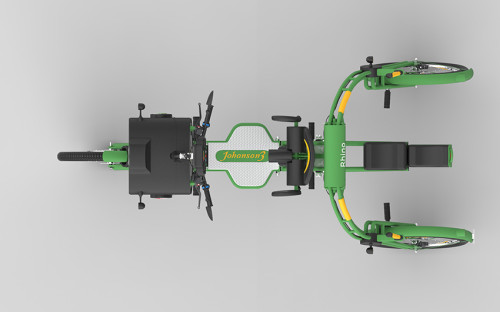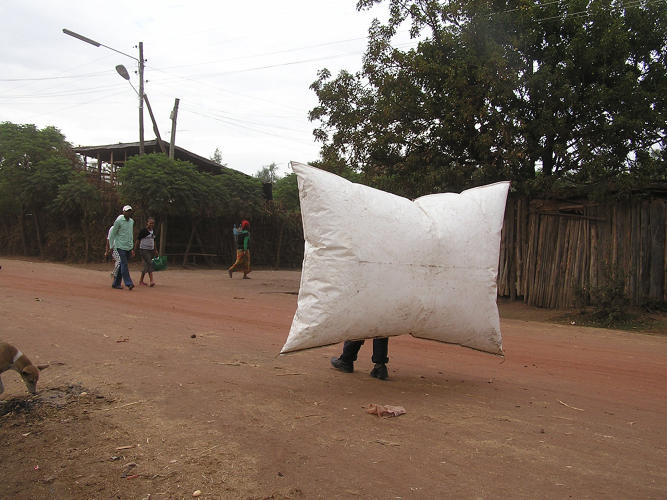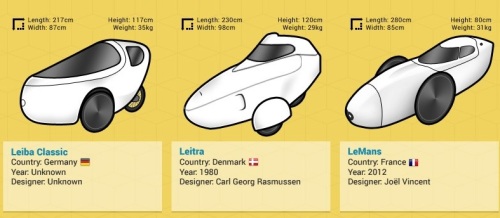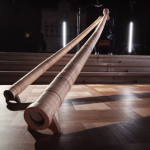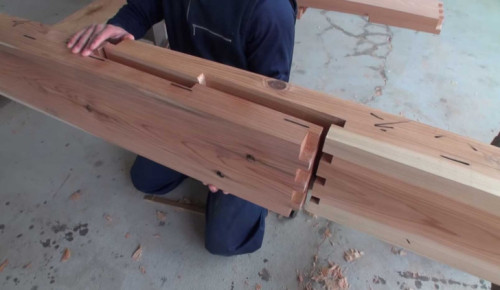 “Japanese carpentry group Kobayashi Kenkou carefully demonstrates the fascinating way in which highly durable buildings are constructed with traditional methods of joining the wood with intricate cuts and interlocking plugs instead of metal nails. The fine planing and perfect fit of each interlocking piece of wood is a testament to the craftsmanship of the carpenters.”
“Japanese carpentry group Kobayashi Kenkou carefully demonstrates the fascinating way in which highly durable buildings are constructed with traditional methods of joining the wood with intricate cuts and interlocking plugs instead of metal nails. The fine planing and perfect fit of each interlocking piece of wood is a testament to the craftsmanship of the carpenters.”
See them in action. Via The Shelter Blog.
